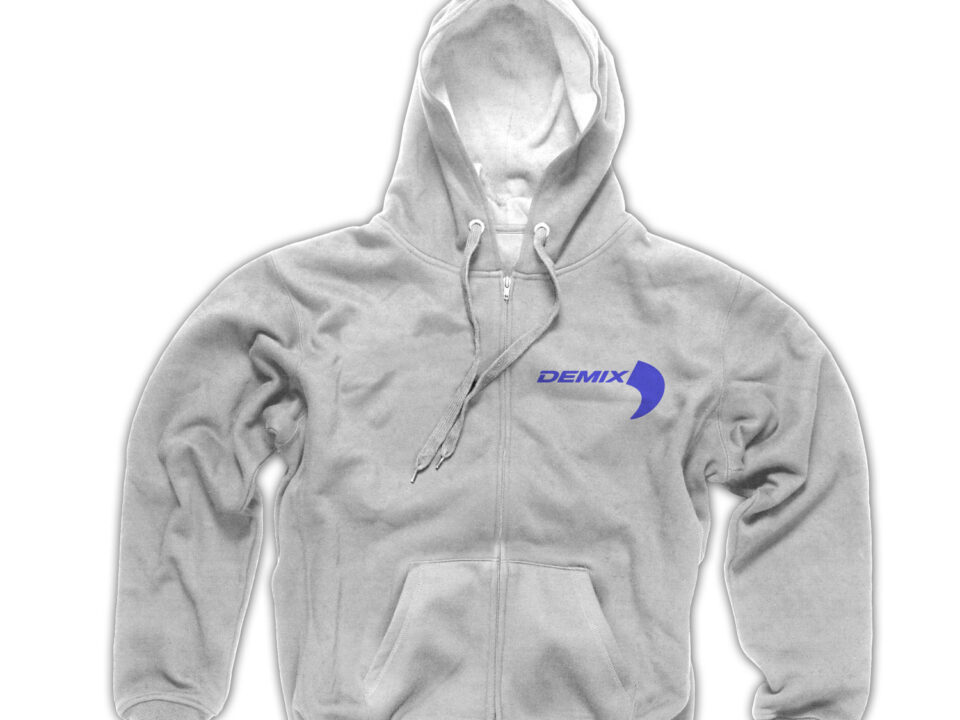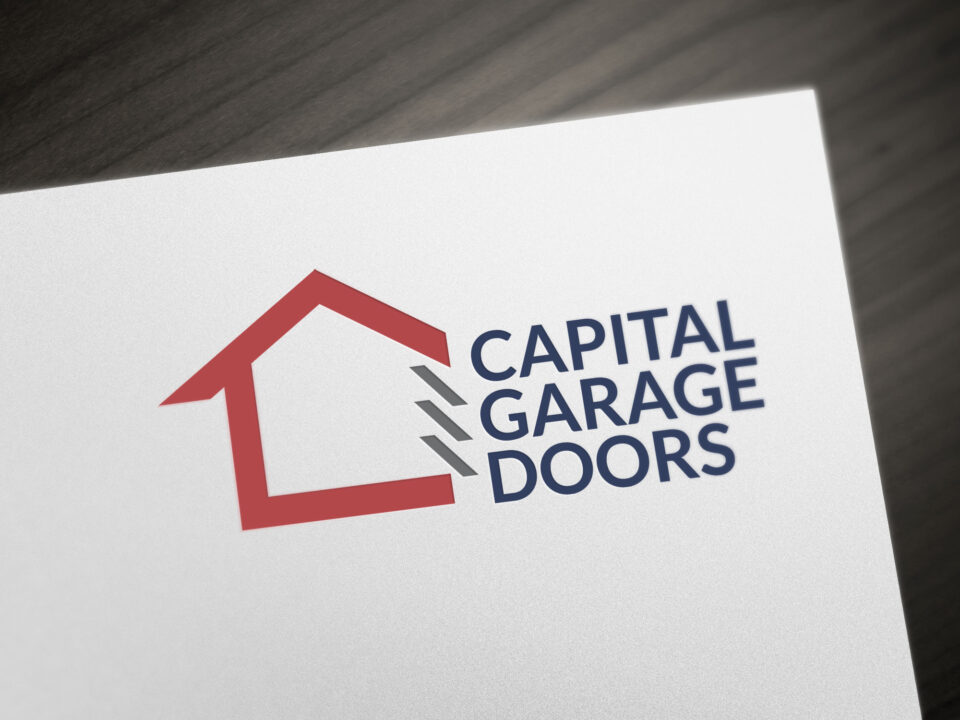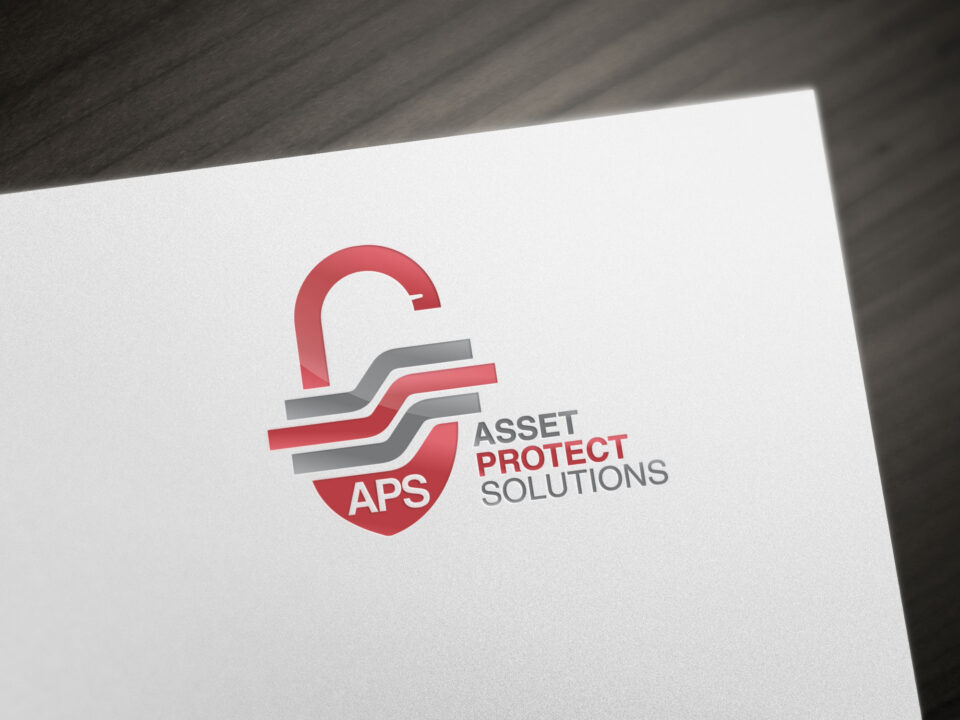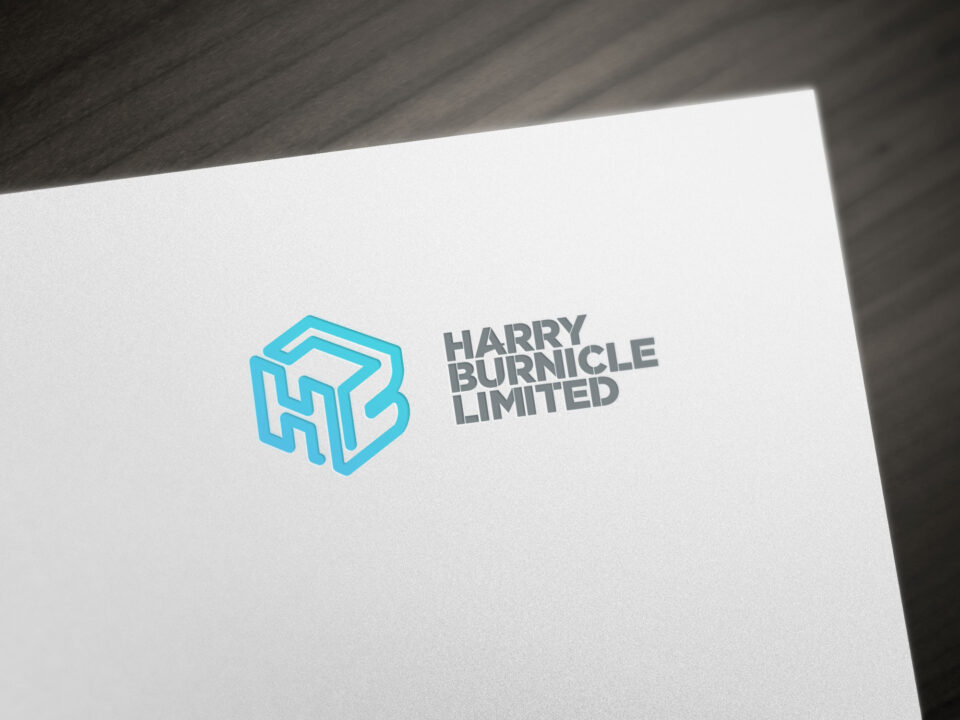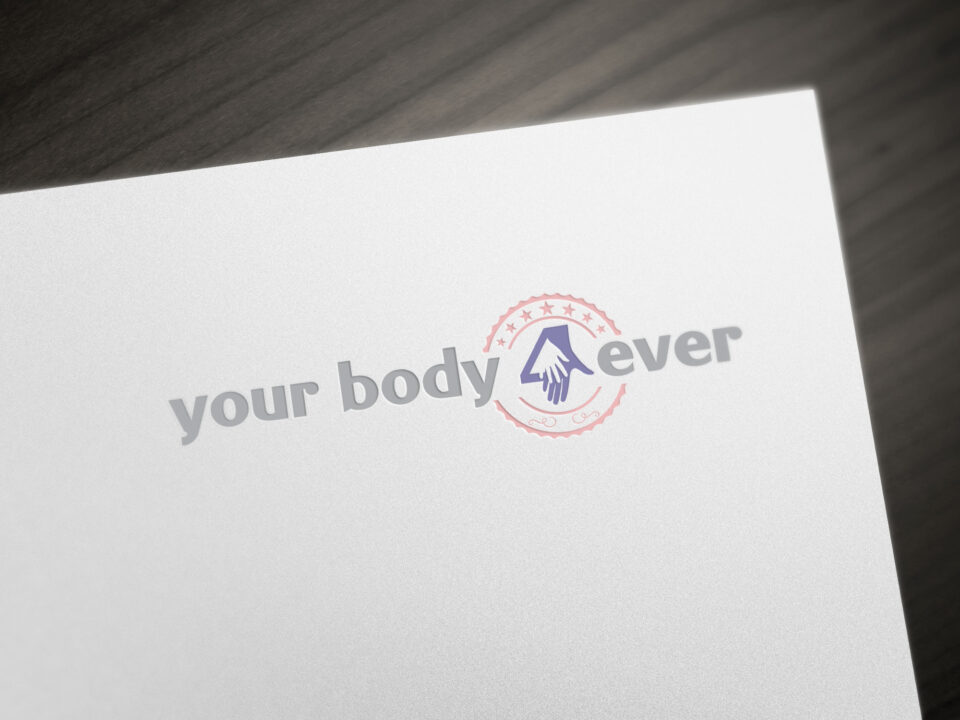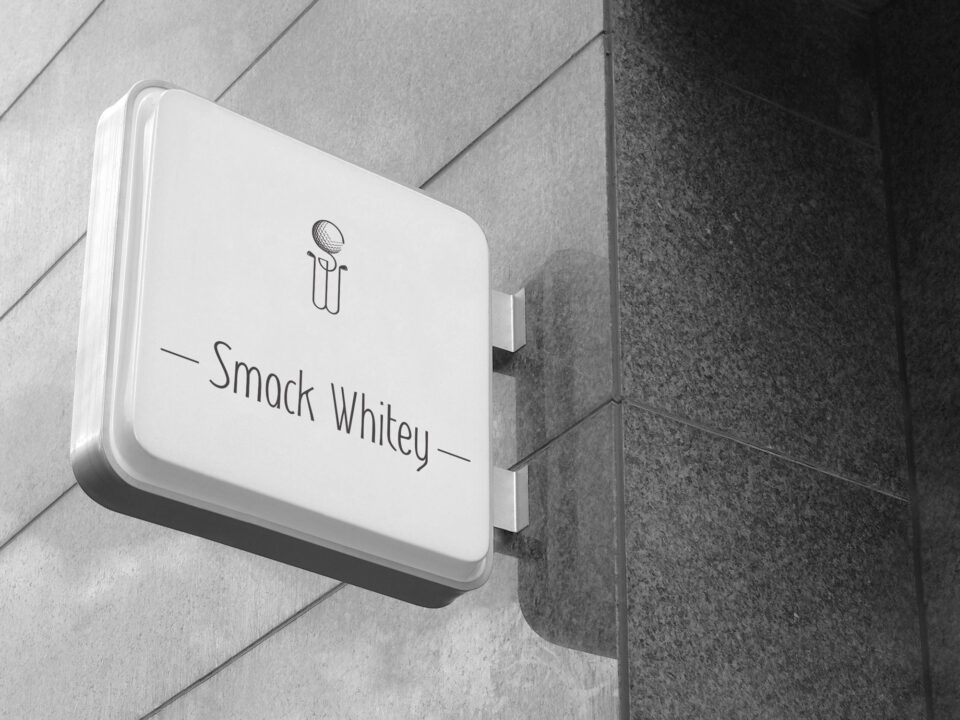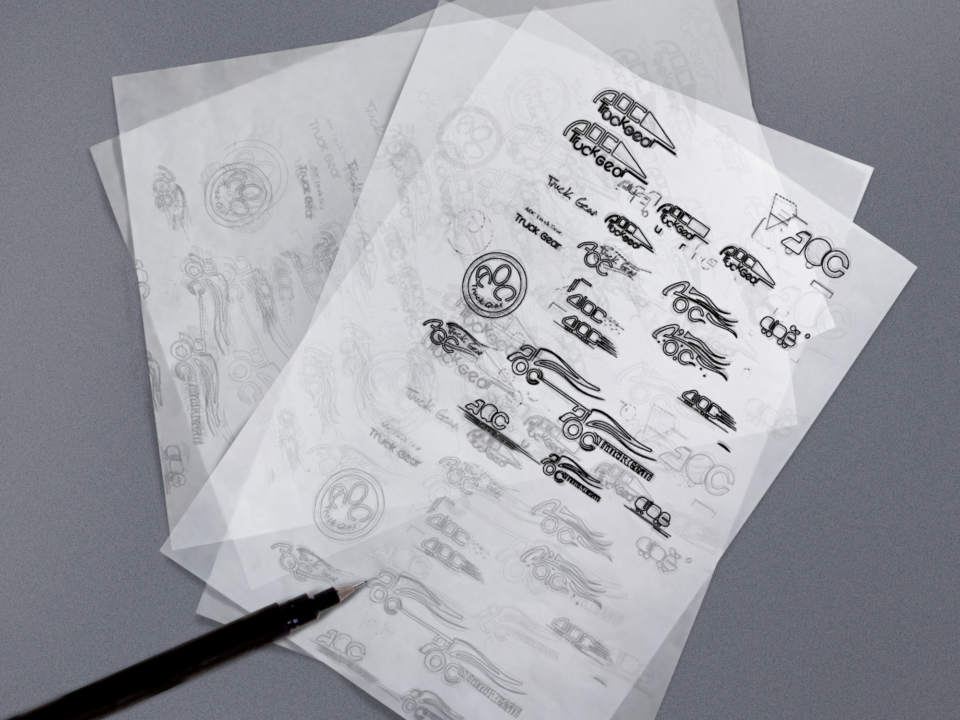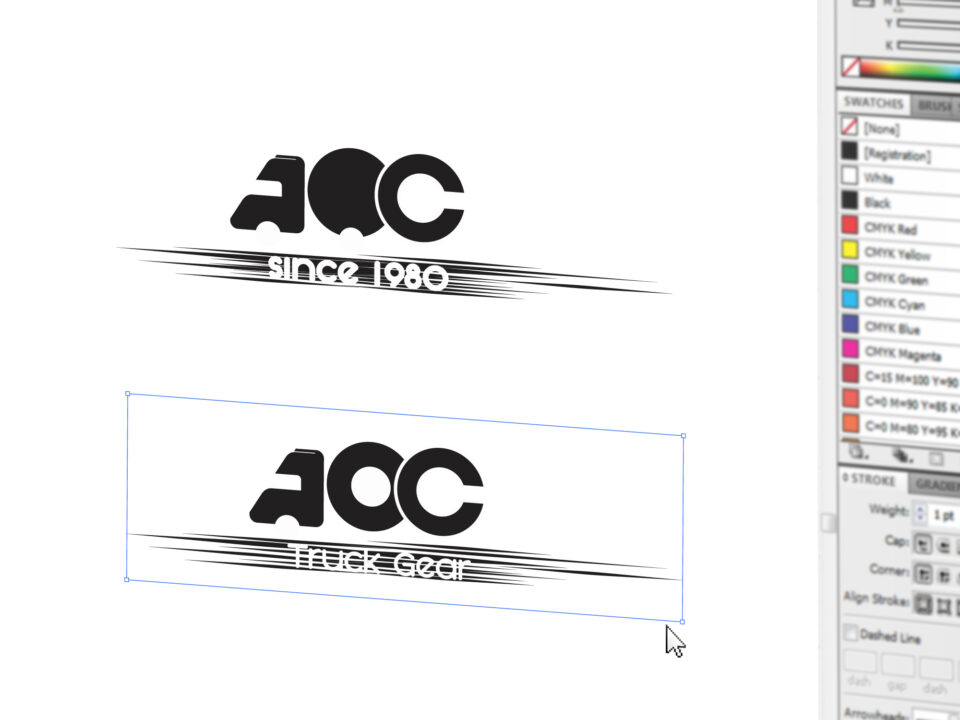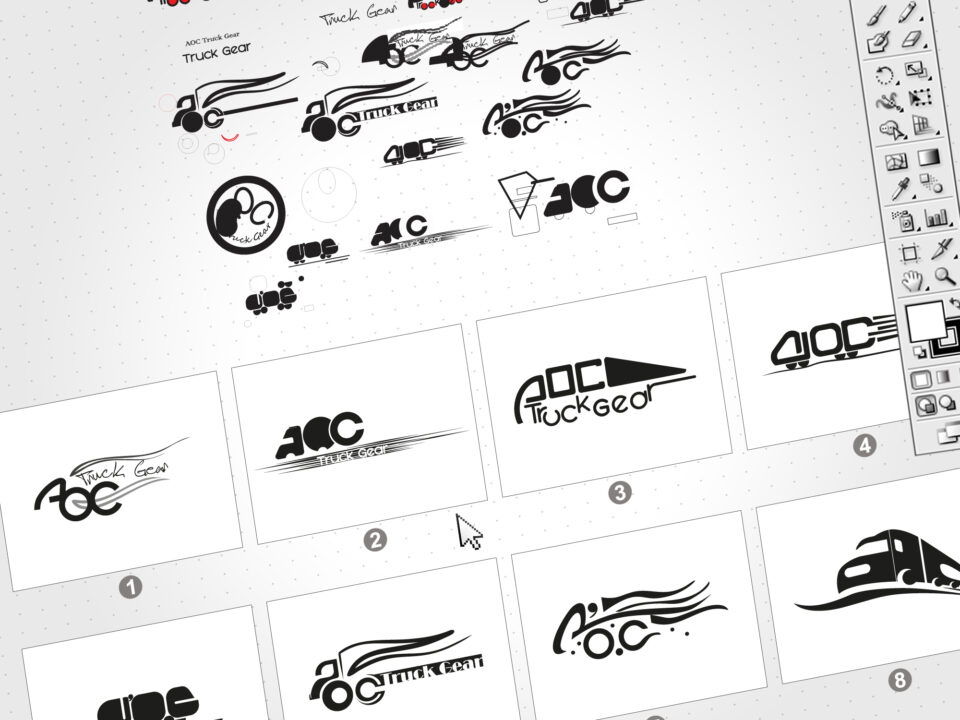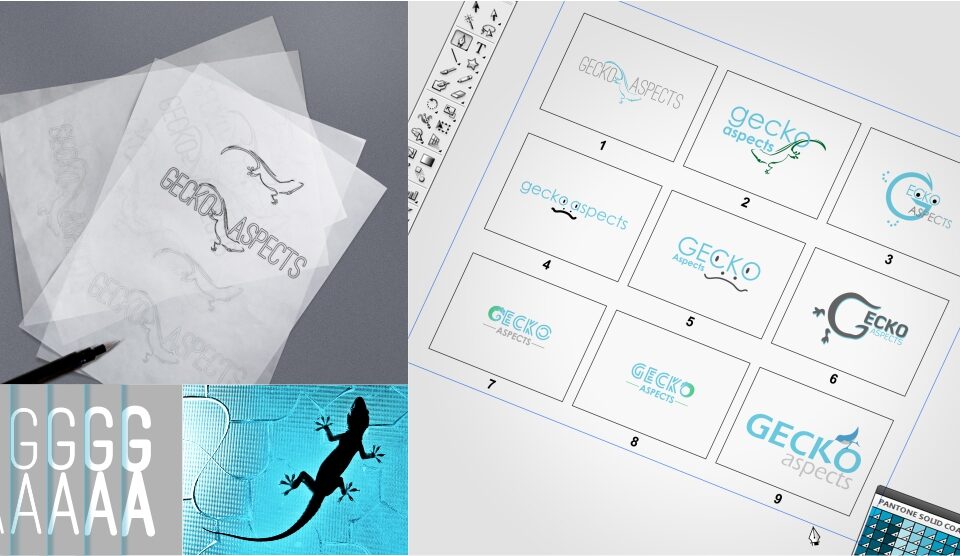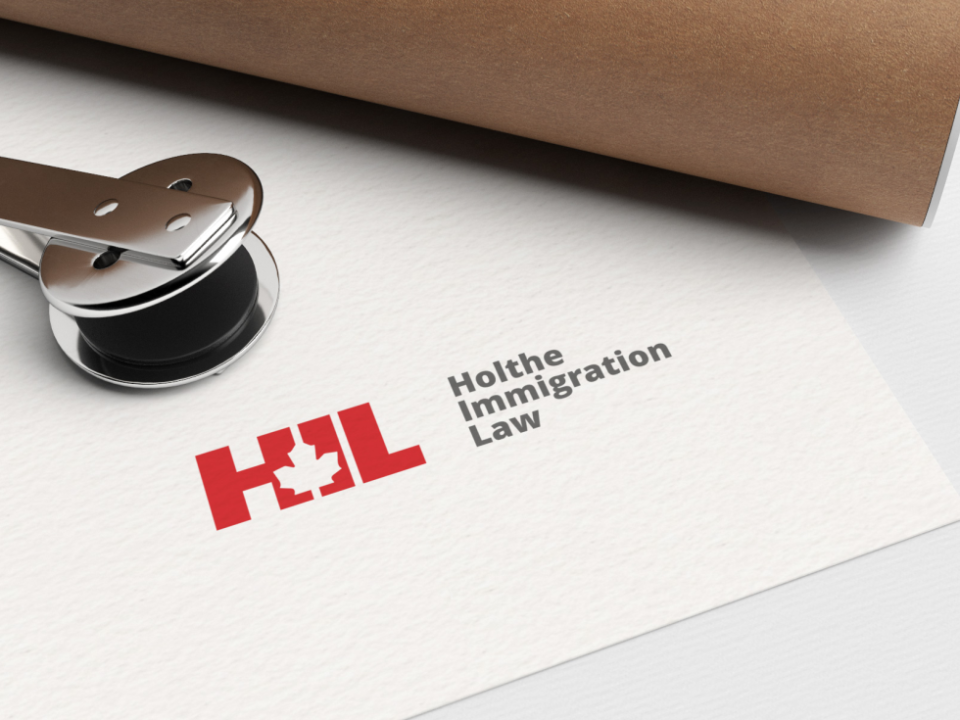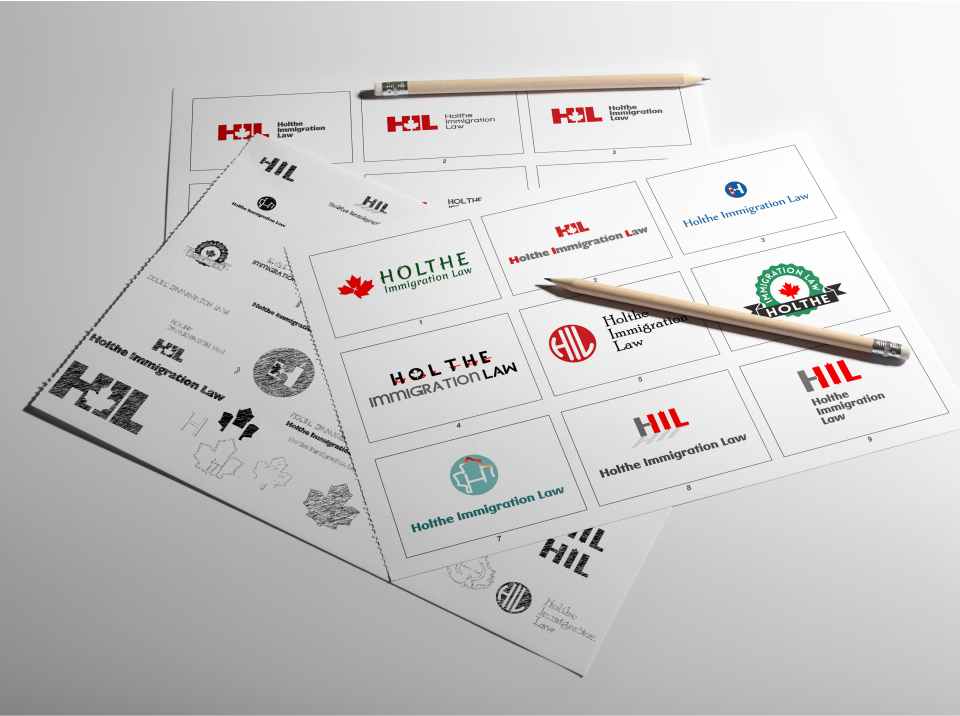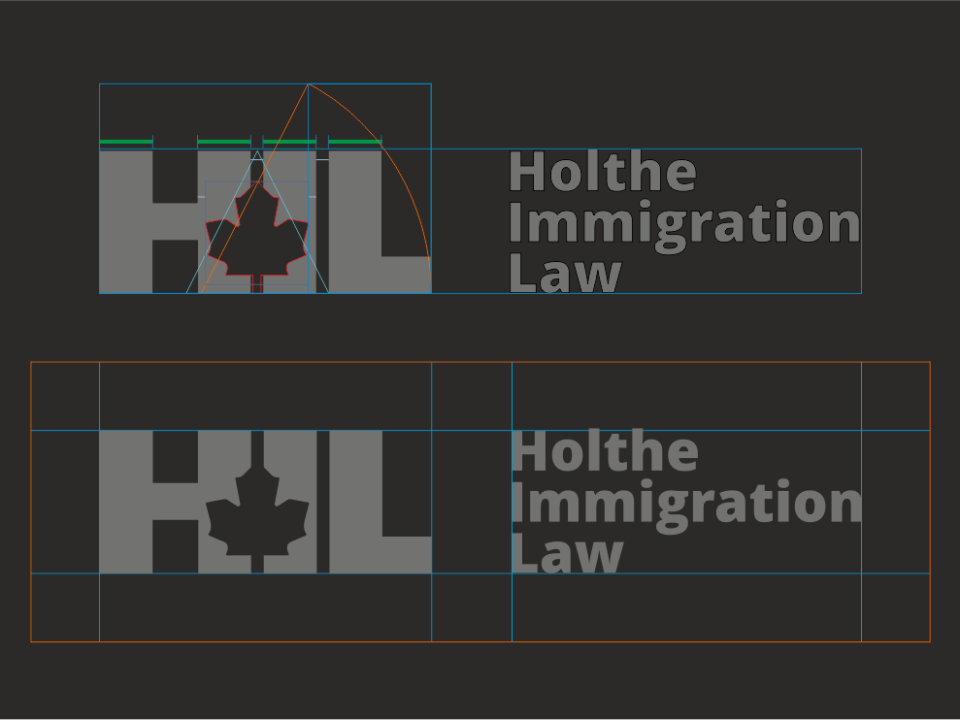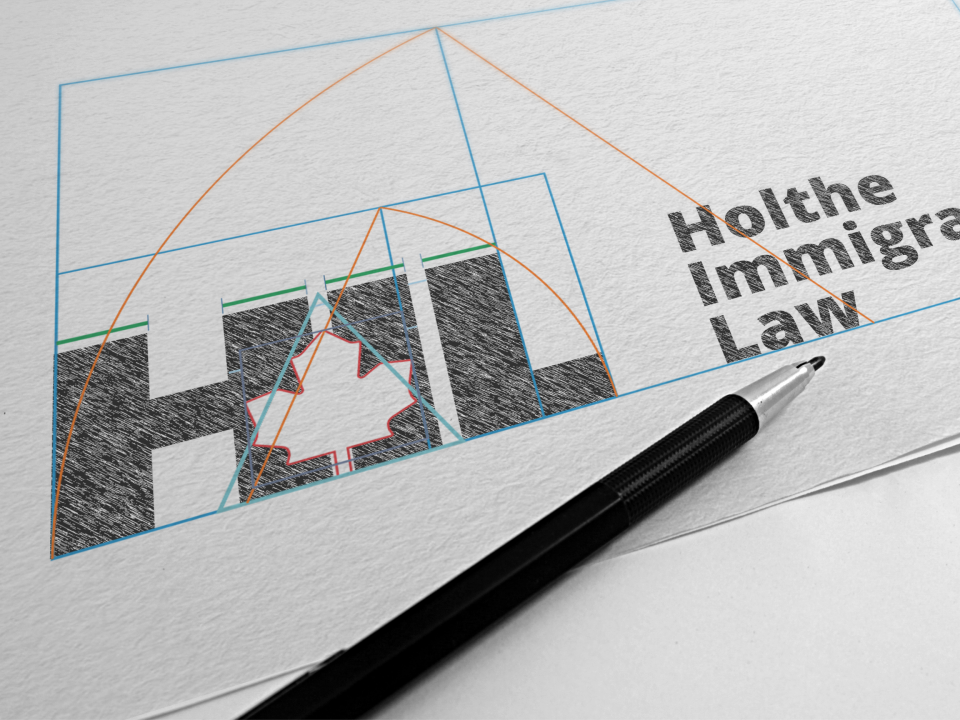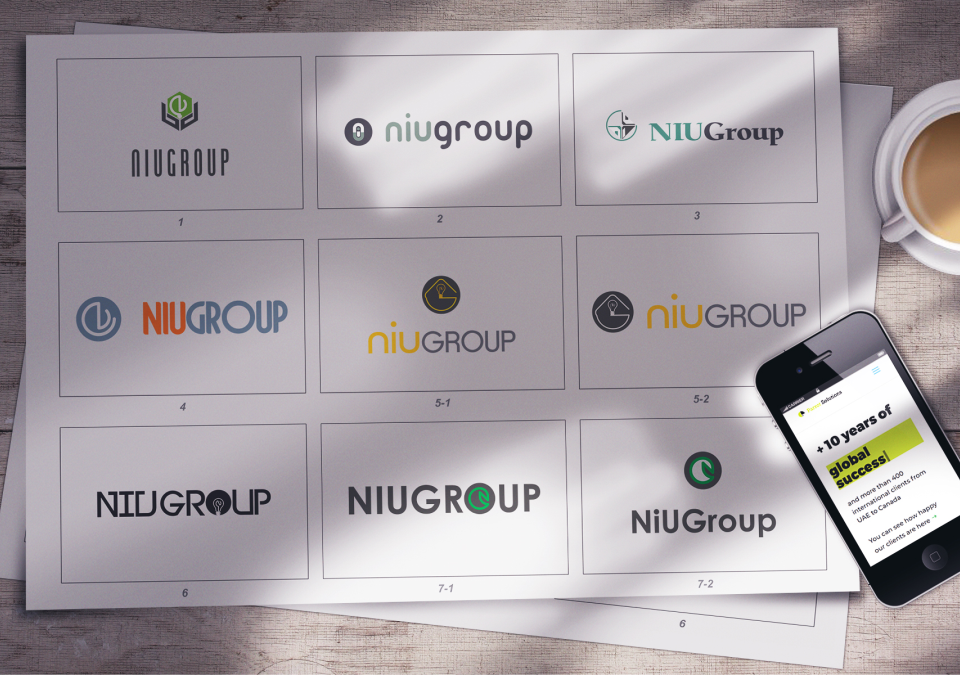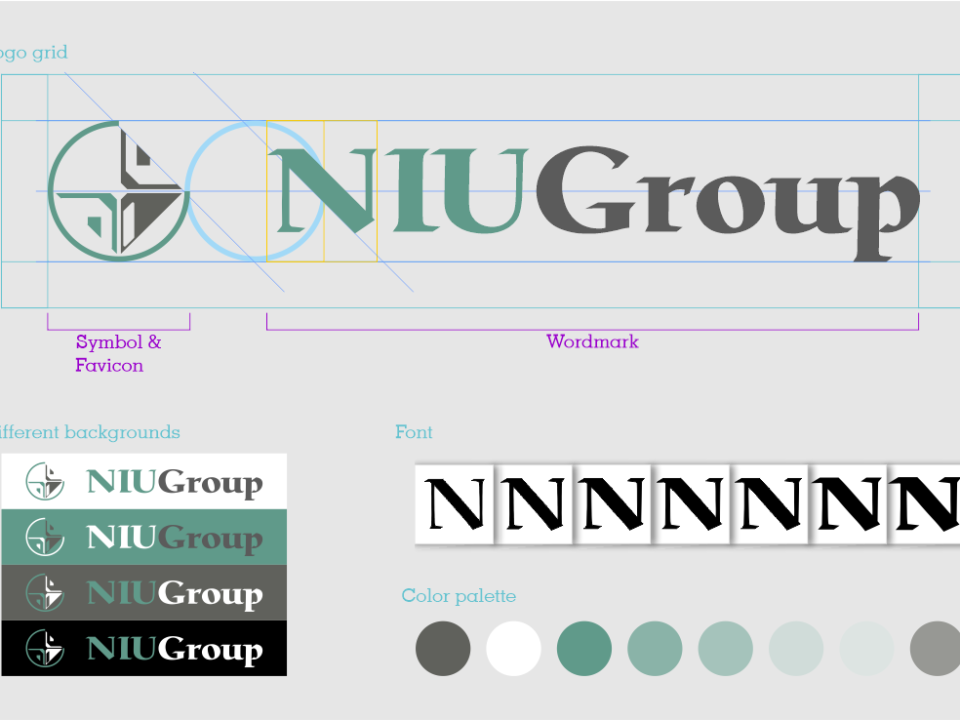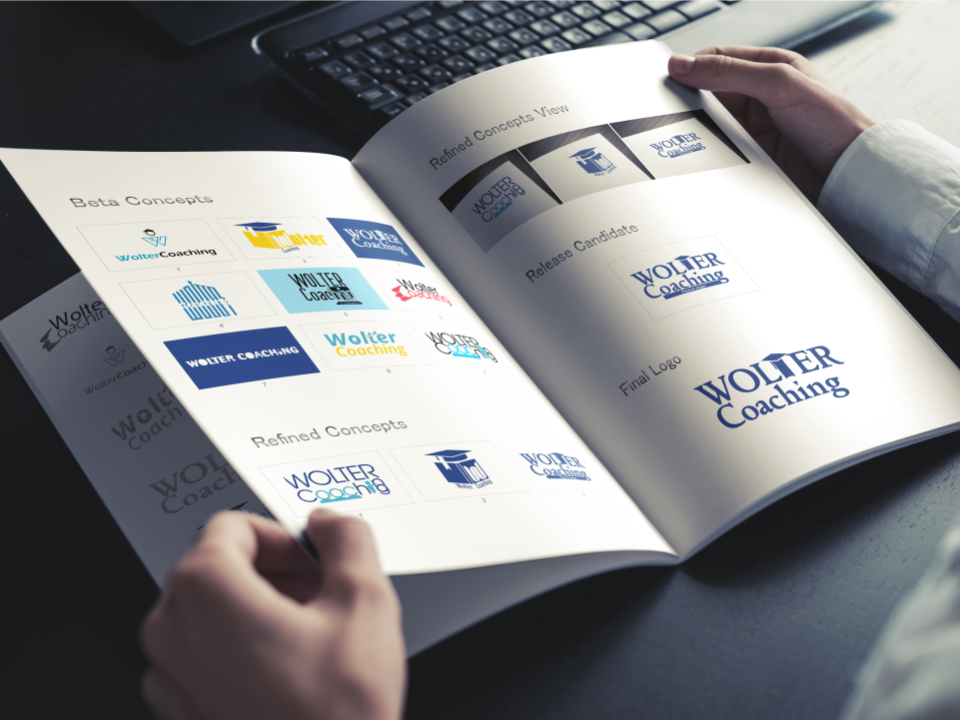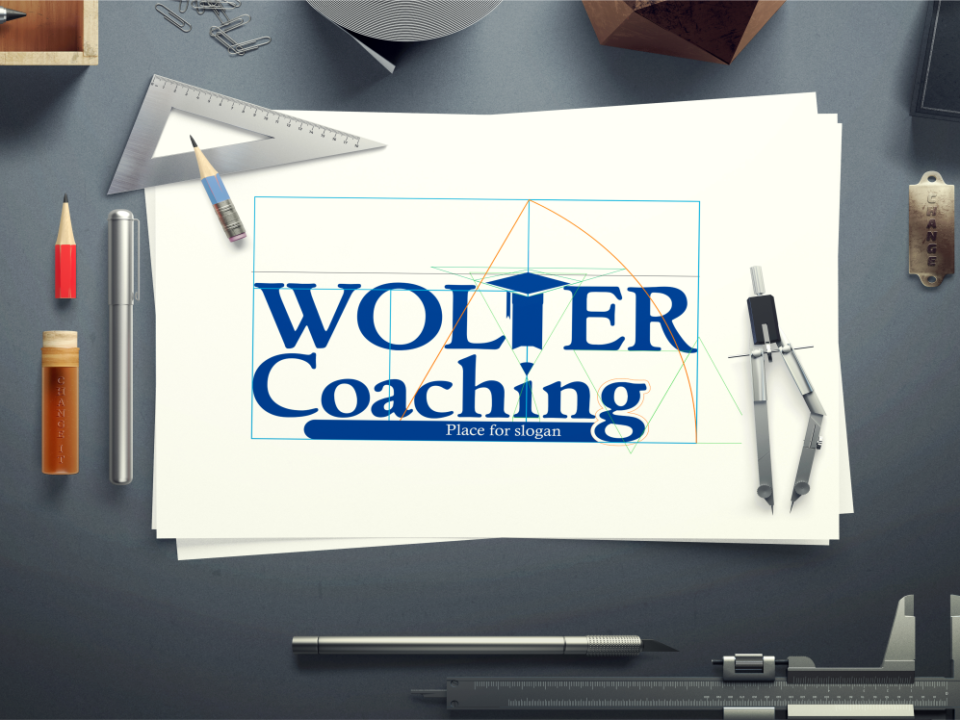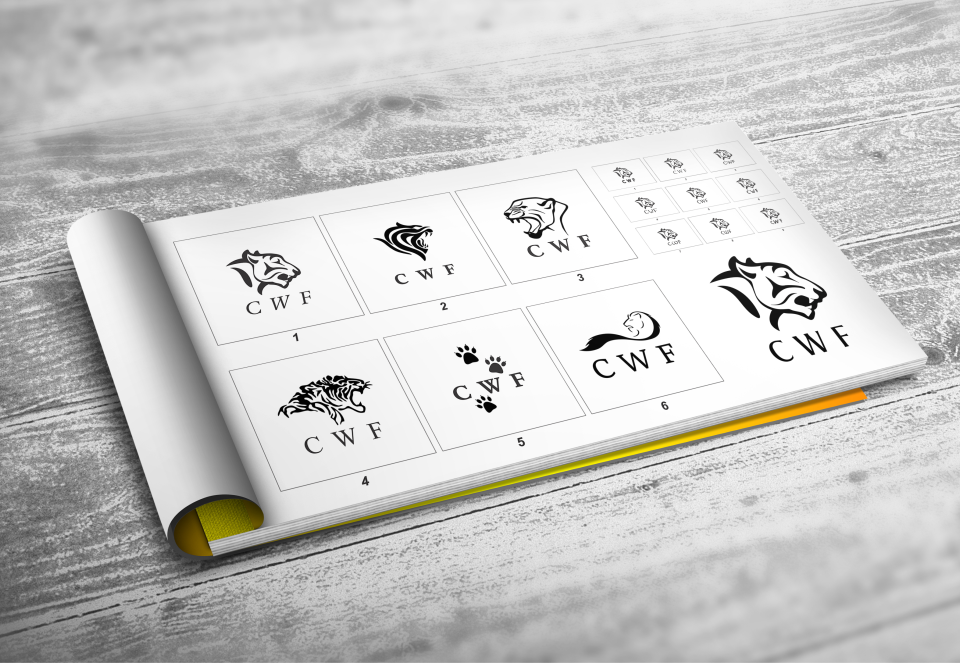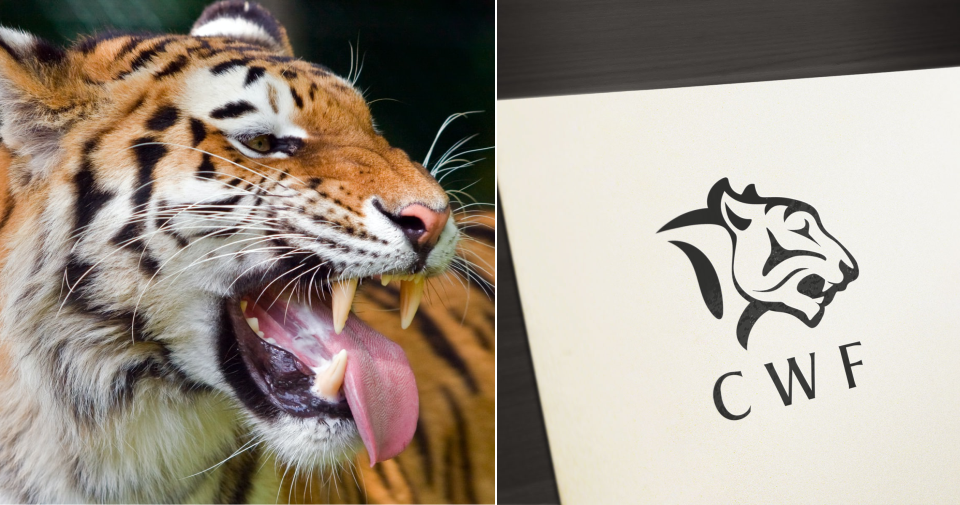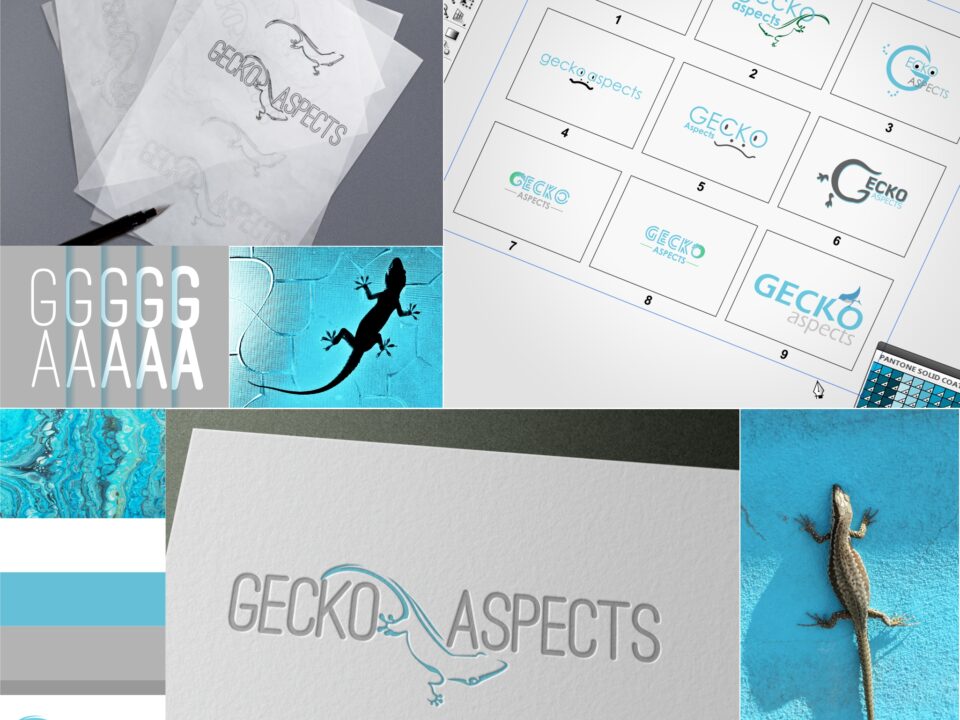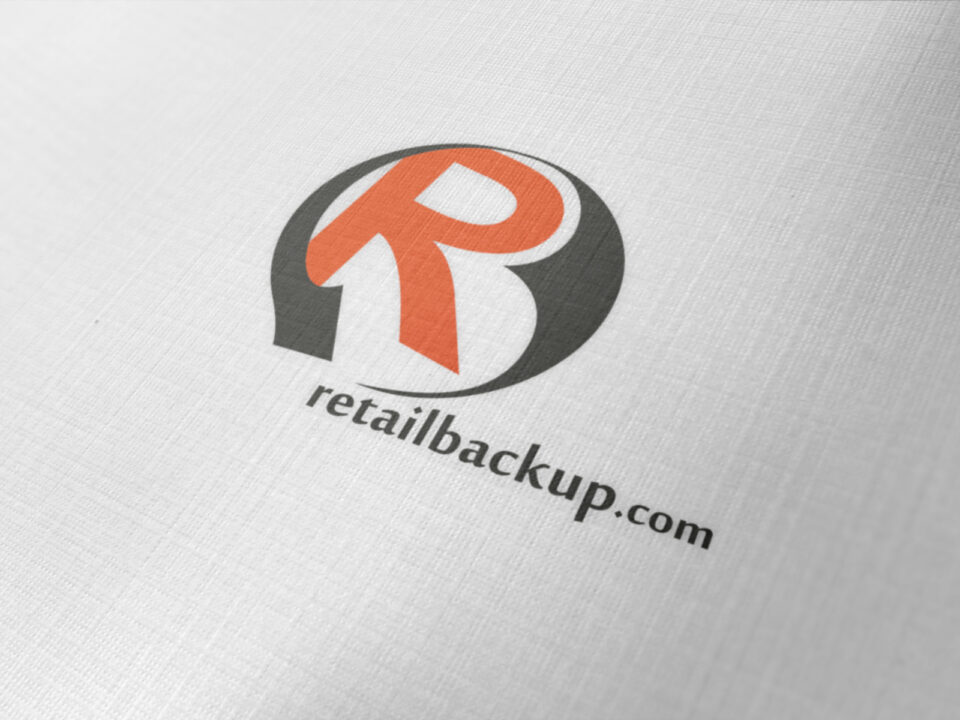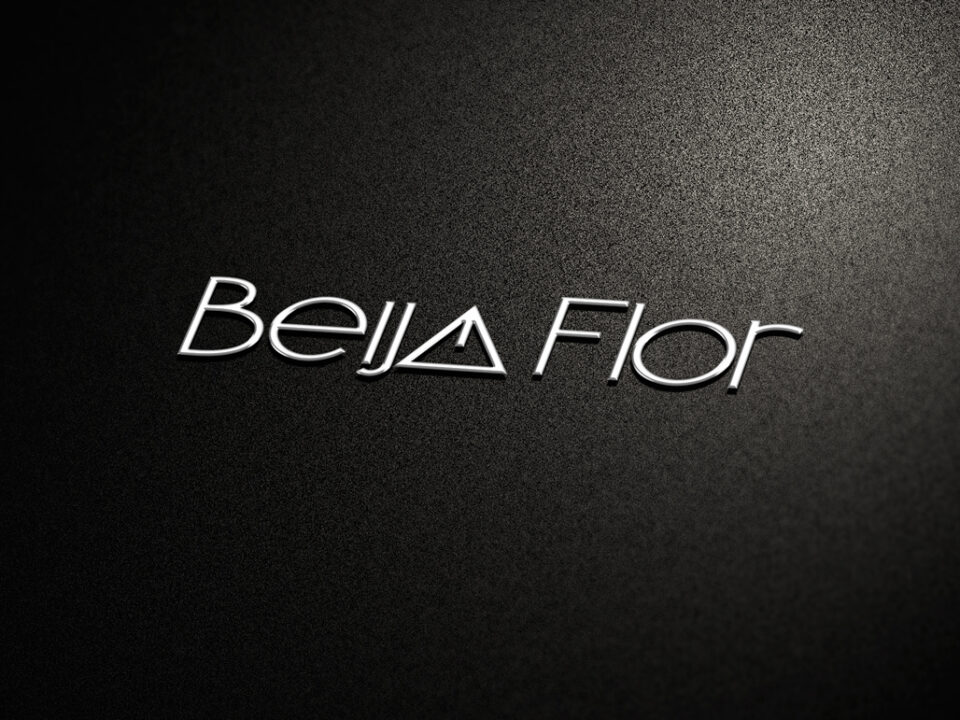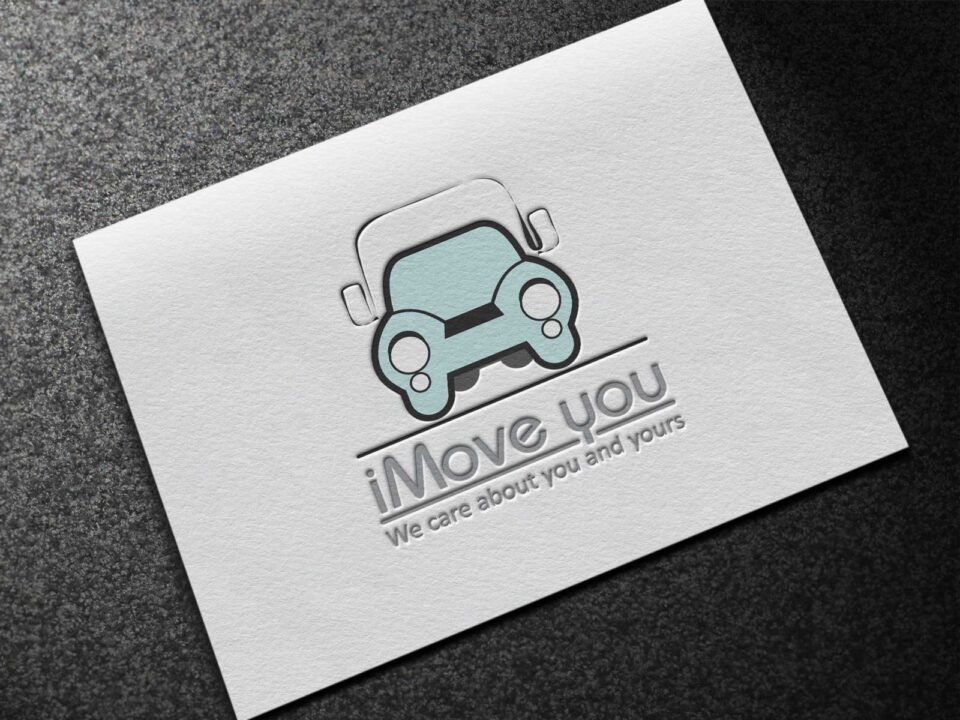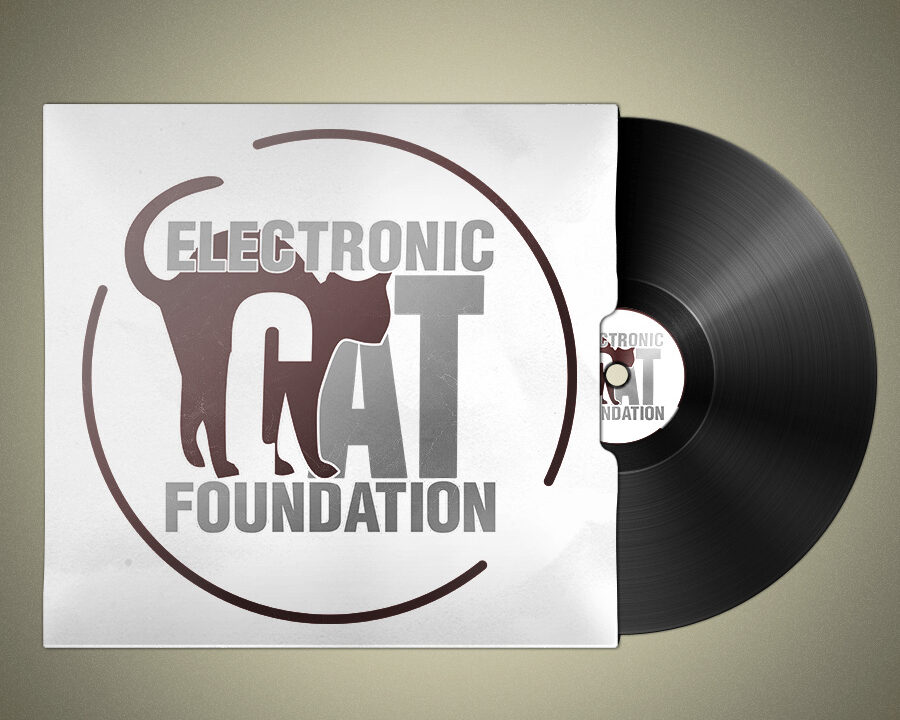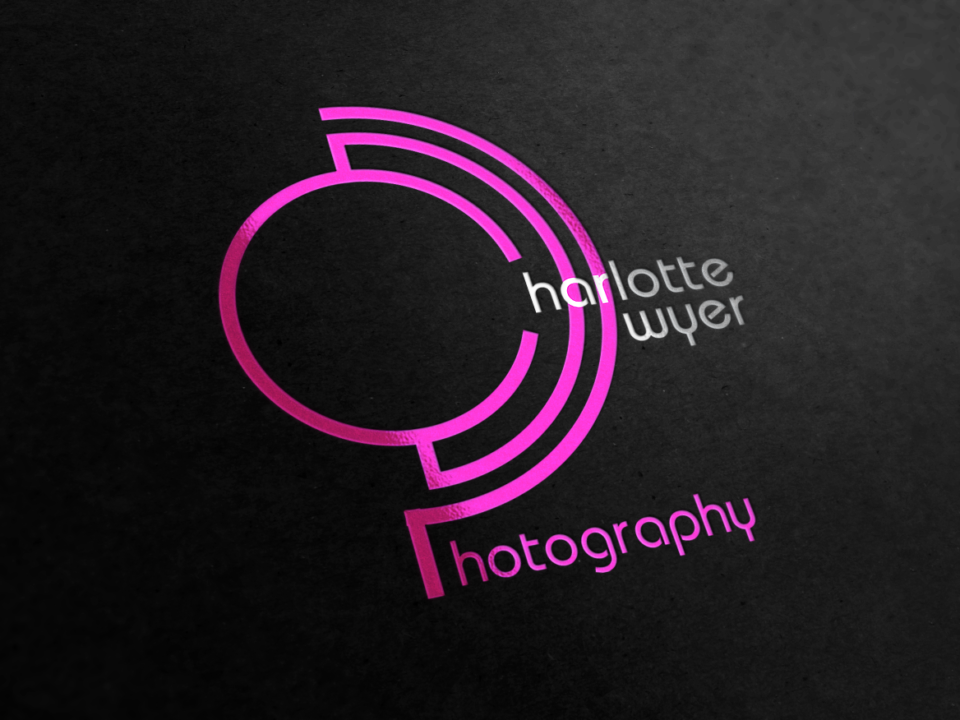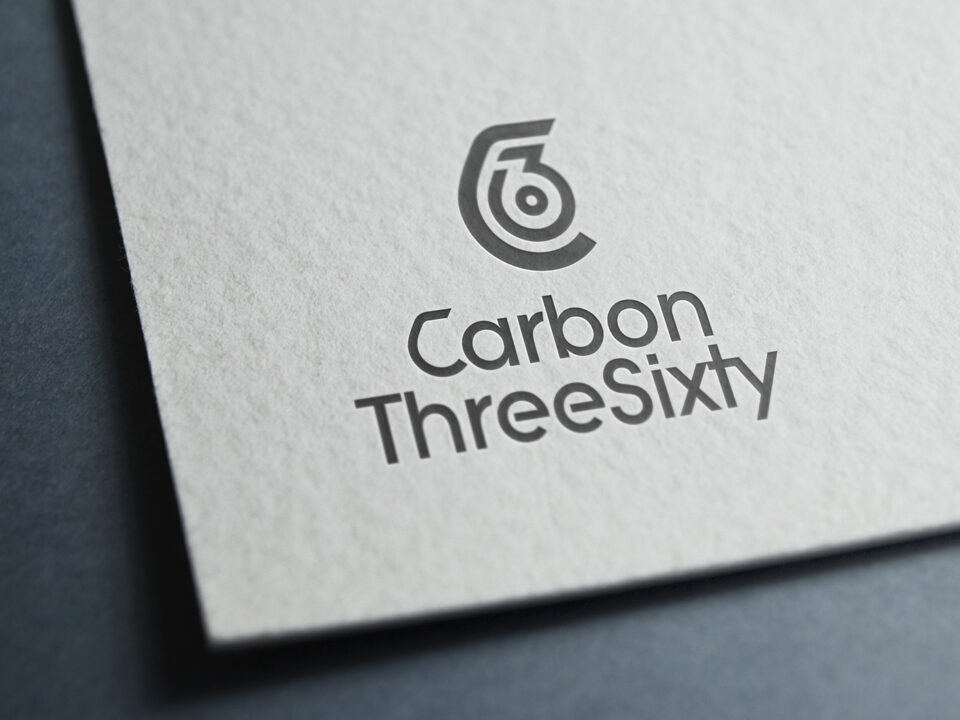Creating a logo and establishing a brand identity is a strategic and creative process that defines how a business is perceived by its audience. It involves thoughtful planning, conceptualization, and execution to ensure the brand communicates its values and resonates with its target audience. Here, I will detail the step-by-step process I follow to design impactful logos and develop cohesive brand identities.
1. Research and Brand Analysis
The first and most critical step is gaining a deep understanding of the brand, its values, target audience, and market positioning. This includes:
- Market and Competitor Analysis: Examining industry trends and analyzing competitors to create a distinctive brand identity.
- Audience Insights: Understanding the needs, preferences, and expectations of the target audience.
- Brand Identity Definition: Identifying the brand's mission, values, and key messaging to ensure a consistent and authentic identity.
This stage sets the foundation for the entire design process, guiding the creative direction and strategic approach.
2. Ideation and Concept Development
After thorough research, the creative phase begins with brainstorming and developing initial ideas. This includes:
- Sketching and Conceptualization: Freehand sketches to explore different creative directions and unlock innovative ideas.
- Combining Symbols and Typography: Experimenting with visual elements and typography to effectively communicate the brand's message.
- Selecting Design Style: Choosing an appropriate design style (minimalist, classic, modern, playful, etc.) that aligns with the brand’s personality and audience preferences.
Multiple concepts are explored at this stage to ensure a comprehensive creative exploration before moving to the digital design phase.
3. Digital Design and Concept Refinement
The most promising concepts are then digitized and refined using professional design software, including:
- Vector Design: Using CorelDRAW and Adobe Illustrator to create clean, scalable vector logos that maintain quality at any size.
- Color Palette and Typography Selection: Developing a color palette and choosing typography that complements the brand’s tone and personality.
- Mockups and Prototyping: Creating realistic mockups to visualize the logo on various applications (business cards, websites, packaging, etc.).
- Testing and Evaluation: Evaluating the design across different sizes and platforms to ensure versatility and functionality.
This stage involves iterative refinement and enhancements to achieve the most visually appealing and functional design.
4. Client Presentation and Feedback
Once the digital concepts are fully developed, they are presented to the client for review and feedback:
- Multiple Design Variations: Presenting a selection of logo options, each with a unique approach to the brand identity.
- Rationale and Explanation: Providing a detailed explanation of the design choices, including the symbolism, typography, and color psychology.
- Feedback and Revisions: Collaboratively refining the designs based on the client’s feedback to ensure the final logo meets their expectations.
- Final Approval: Securing the client’s approval on the chosen design before moving to the finalization stage.
Effective communication and active collaboration with the client are key to ensuring the design accurately represents the brand vision.
5. Finalization and Brand Guideline Development
Once the logo design is approved, the final deliverables are prepared, including:
- Vector and Raster Files: Providing all necessary file formats such as AI, EPS, CDR, PDF, PNG, and JPG for versatile usage.
- Brand Guideline Documentation: Developing a comprehensive Brand Style Guide that includes:
- Proper logo usage guidelines (clear space, minimum size, and placement).
- Detailed color palette specifications with HEX, RGB, and CMYK values.
- Typography guidelines including font usage and hierarchy.
- Imagery and visual style direction to maintain brand consistency.
- File Preparation for Print and Digital Media: Ensuring all files are properly optimized for both print and digital platforms.
This step ensures consistency and integrity of the brand across all marketing channels and touchpoints.
6. Software and Tools Used
To deliver professional and high-quality designs, I utilize industry-leading design software, including:
- CorelDRAW: For precise vector illustrations and logo creation.
- Adobe Illustrator: For advanced vector graphics and scalable logo designs.
- Adobe Photoshop: For image editing, mockups, and visual effects.
- Adobe InDesign: For creating brand guidelines, brochures, and marketing materials.
- Adobe Acrobat Pro: To create high-quality PDF presentations and print-ready files.
7. Final Delivery and Brand Launch Support
After completing the design and brand guideline development, I provide comprehensive support to ensure a successful brand launch:
- File Handover: Delivering organized files for easy implementation across all digital and print mediums.
- Brand Launch Consultation: Assisting the client with launching the new brand identity, including social media integration and print production.
- Ongoing Support and Collaboration: Offering continued design support for brand extensions, marketing campaigns, and promotional materials.
This phase ensures a smooth transition from design to implementation, maintaining the integrity and impact of the brand identity.
Conclusion
The logo design and branding process is a strategic and creative journey that requires research, planning, artistic vision, and technical expertise. By following these steps, I ensure the creation of timeless, versatile, and impactful brand identities that resonate with target audiences and strengthen brand recognition.

